What started in the year 2000 as a fanciful project by passionate observers, with no urban planning experience, to save an abandoned New York rail line from demolition, has found itself as the city’s number one tourist attraction – and an inspiration to councils and cities around the world. The Friends of the High Line‘s frankly unbelievable journey has taken another step this week with the opening of Section 2, connecting Gansevvort Street in the Meatpacking District to West 34th Street, between 10th and 11th.
Having been involved since the beginning, Pentagram – the world’s largest independent design agency – have posted a thoroughly engaging case study over on their website. We’ve rounded up some of the most interesting pieces from that case study along with some photography that follows The High Line through the last, and its most intriguing, decade.
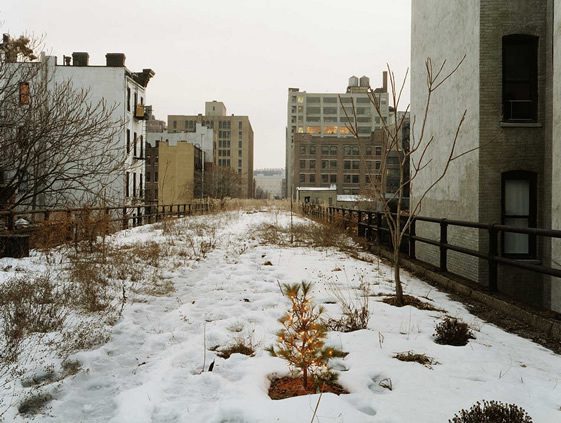
Photography of the original abandoned rail line by Joel Sternfeld
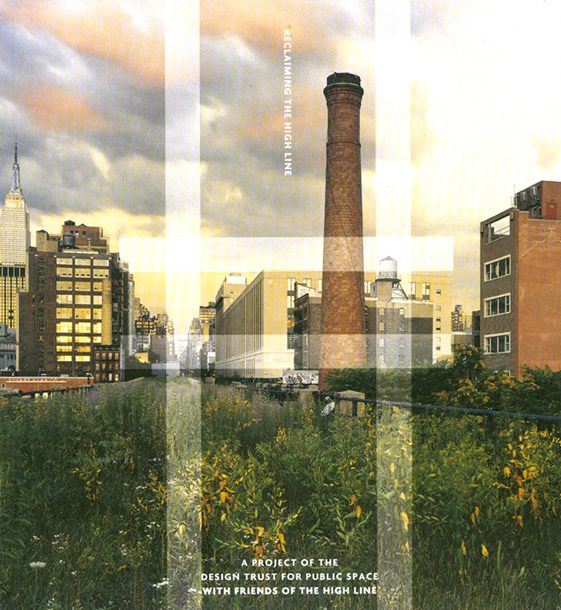
‘Reclaiming the High Line’ book from 2002, produced by Pentagram for the Design Trust for Public Space and Friends of the High Line
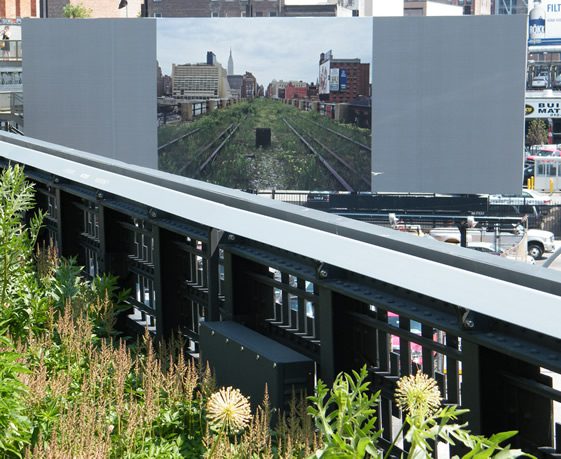
Photography by Flickr user Lenny Spiro
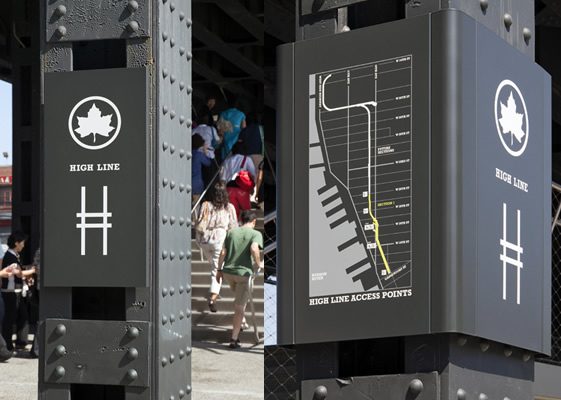
Pentagram designed signage for the finished High Line. Paula Scher’s original identity for the Friends of the High Line becoming the park’s official logo
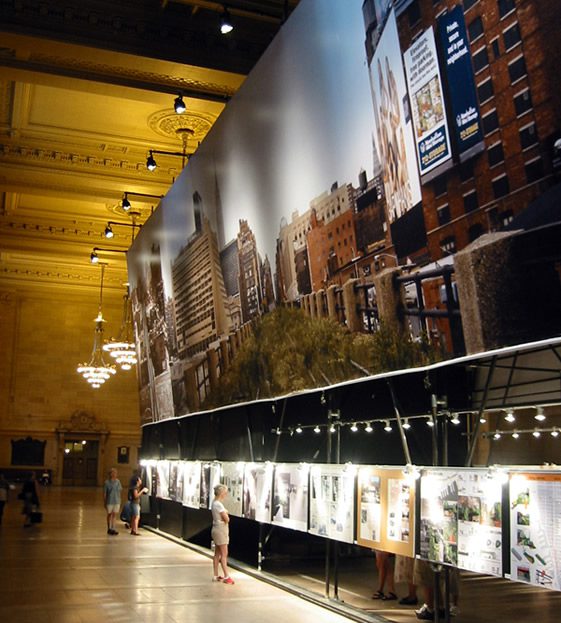
The best entries from the Friends of the High Line’s 2003 ‘Designing the High Line’ open architectural competition were exhibited in Grand Central Terminal’s Vanderbilt Hall
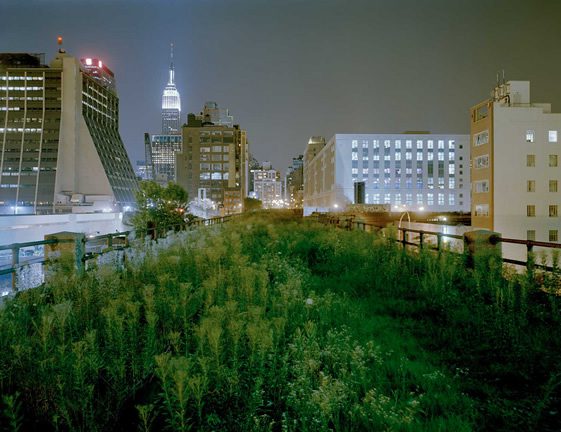
Photograph by Jesse Chehak
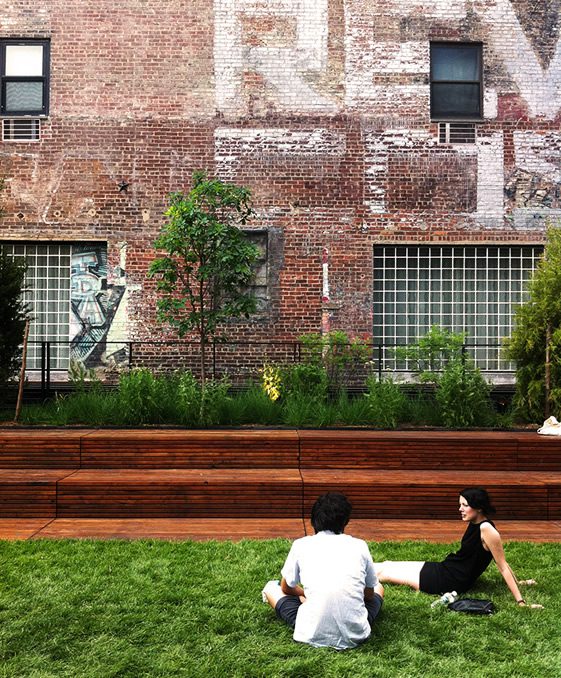
Photography of High Line Section 2 by Flickr user Geoffry Gertz
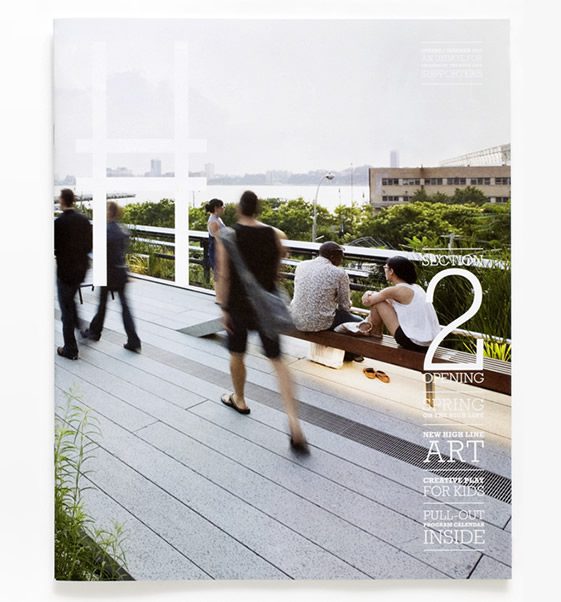
Pentagram’s brochure for Section 2, that opened this week
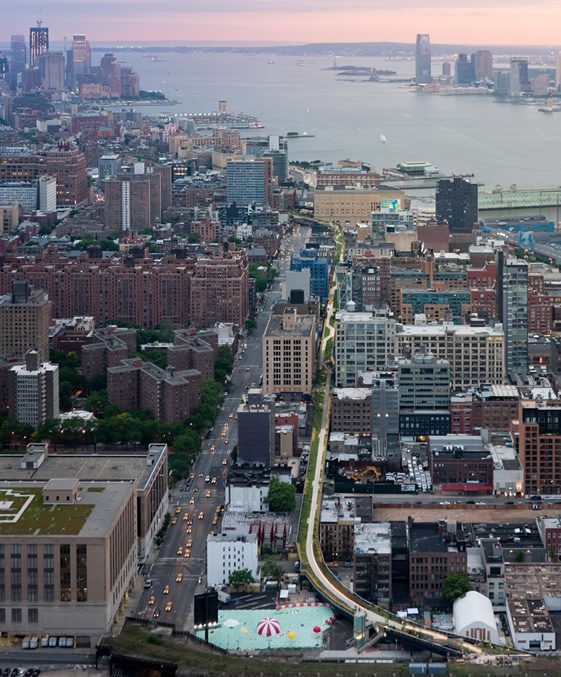
Photograph courtesy of Friends of the High Line, © Iwan Baan
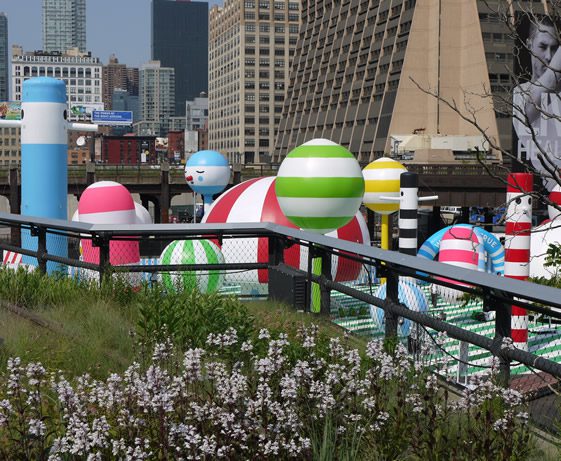
FriendsWithYou joined this week’s celebrations with their Rainbow City installation. Photograph by Flickr user Seth Lassman
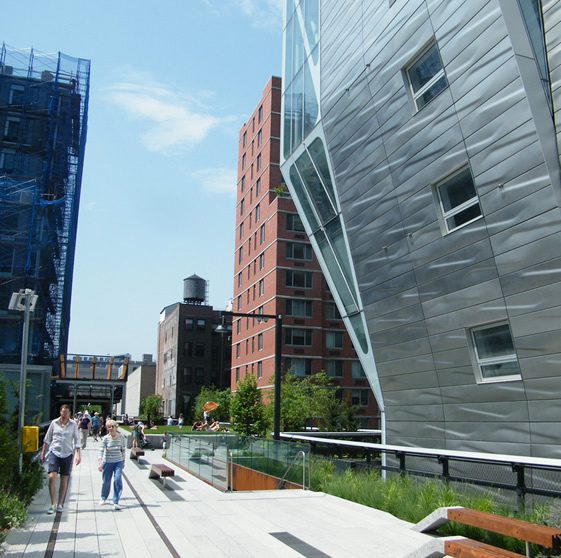
Photography by Flickr user Lenny Spiro
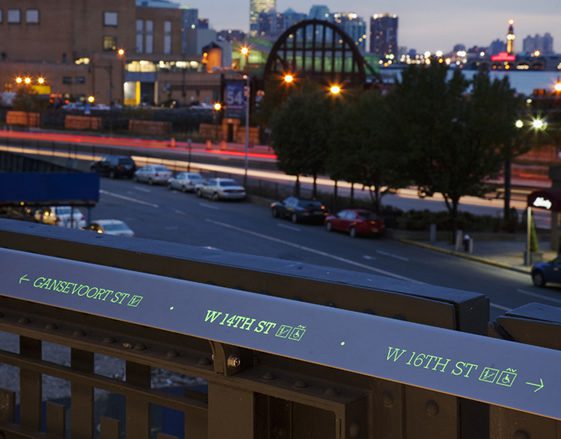
Pentagram’s signage and wayfinding with photoluminescent infill applied to letters
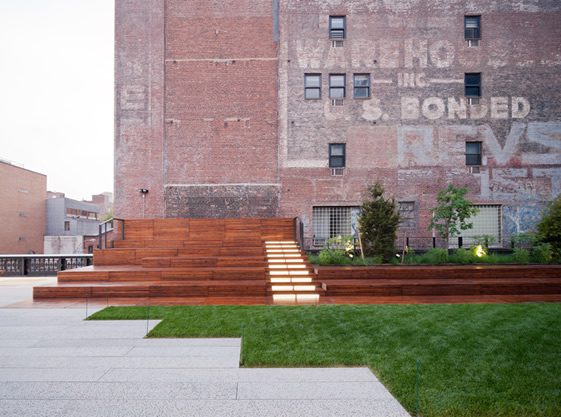
Photograph courtesy of Friends of the High Line, © Iwan Baan
Lead image courtesy of Friends of the High Line, © Iwan Baan






